Westmont News
Student Researchers Persevere Over Summer

By
Westmont
Senior Zack Moreau, pictured in 2019, worked with Dr. Allan Nishimura over the summer.
Twenty-seven Westmont students adhered to strict safety protocols to work with their professors on research projects during the summer. Due to the pandemic, Westmont will skip the annual October symposium, where students present their summer research findings in person.
The work spanned a wide range of topics, including factors that affect the presence of western fence lizards, identifying cerebral palsy in newborn babies, using motion-capture cameras to analyze prosthetics, atypical posture development of infants, and urbanization of acorn woodpecker behavior.
Westmont has a long tradition of providing opportunities for students to join with their professors in cutting-edge research. “Just as internships in fields like business or medicine give students real-world experience that prepares them for future study or careers, research with faculty gives them a taste of collaborating with peers to solve real problems that matter to their disciplinary communities,” says Patti Hunter, vice provost. “The skills they develop equip them to work in teams, talk with others about their ideas and tackle unsolved problems.”
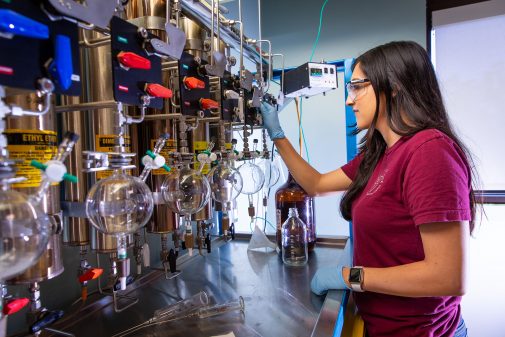
COVID-19 forced Amanda Sparkman, biology department chair, to completely redesign her projects because she lacked access to research field sites. Her largest new project predicted that woodpeckers living in areas with higher light pollution, which also tend to be more developed areas with more noise, would wake up earlier and go to bed later. “But, in fact, we found just the opposite,” she says. Kendra Dayton and Seth Wilmoth continue their research this fall. “We all had to get up before sunrise to watch woodpeckers emerging from their nest cavities, and also be out there watching them after sunset,” Sparkman says. “It was hard to get up sometimes, but it was also such a beautiful time to hear and see all the creatures in the city and in rural areas as they started to go about their day before dawn—and as they quieted down at its end.”
They completed a side project on lizards and found that sufficient rock cover best predicted the presence of lizards as it offered them a place to retreat. Lizards were also less often found in high-density commercial areas.
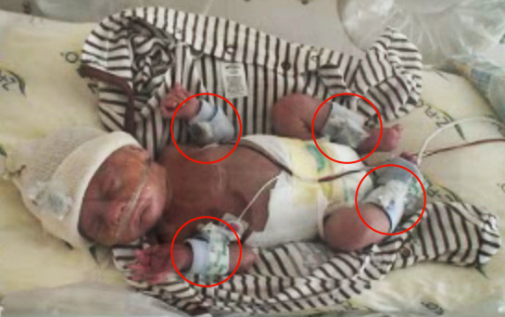
The coronavirus kept Don Patterson, professor of computer science, and student researchers from collecting data about cerebral palsy in newborns. Instead, students John Panos and Nathan Young worked on developing new machine learning models, which synthesized accelerometer and 3D camera data to try and create a unified system for clinical use. “We applied the models to a robotic baby as a way of attempting to get our data pipeline up and running,” Patterson says. “Until we enroll the actual babies, we won’t be able to make any clinically relevant conclusions. But we are optimistic that including all these sensors together in one model will result in high accuracy.”
The research continues with a new grant request submitted to the National Institutes of Health (NIH).
“Working remotely required a bunch of overhead to get our networks set up to make sure we were keeping our data secure and private,” Patterson says. “The rewarding part was developing brand new techniques, which the students accomplished.”
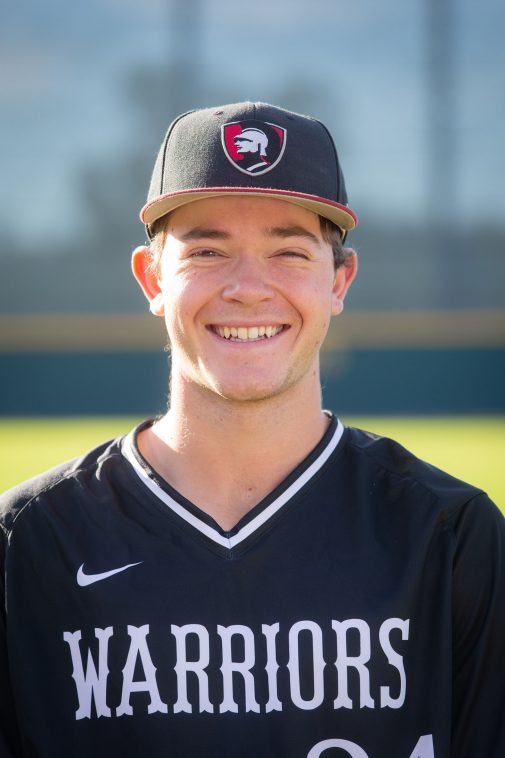
Student Taylor Jennings worked in the motion-capture laboratory to calibrate a nine-camera tracking system while creating protocols for a prosthetics research project. He also analyzed data from people walking on a rotating treadmill that disrupted their typical gait. “People performed poorly on the treadmill not because of poor lower extremity coordination, but due to poor sensory integration of vision and vestibular (inner ear) feedback,” says Adam Goodworth, associate professor of kinesiology. The researchers plan to present their findings to the Neural Control of Movement’s virtual 2021 conference. Jenning’s analysis is contributing to a grant application to the NIH in October.
Student Jesse Quarum, using data from a prior investigation, analyzed posture development in infants at different levels of sitting ability. In particular, he examined whether external trunk support and internal postural control development would affect spontaneous arm movements.
“Trunk postural control is a foundational skill,” Goodworth says, “and understanding its impacts on behavior is important for clinical assessments.”
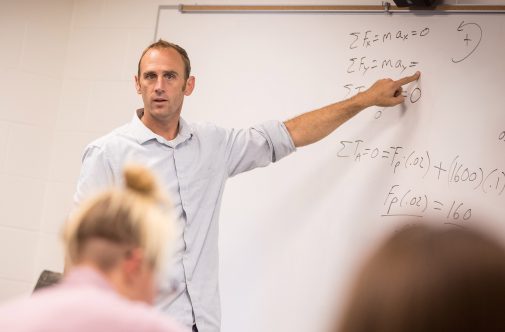
Quarum, who used the analysis technique called behavior coding, will submit his work to a peer-reviewed journal this fall. He worked closely via video conferencing with Dr. Sandra Saavedra, an internal leader in pediatric rehabilitation research.
“Jesse has a strong desire to attend physical therapy school and work in pediatrics,” Goodworth says.
The coronavirus forced the students to be self-motivated and learn quickly. “Fortunately, my students did an amazing job of that,” Goodworth says. “the most rewarding part was seeing the students succeed in a real-life and important project while learning new skills and applying ones they learned in class.”
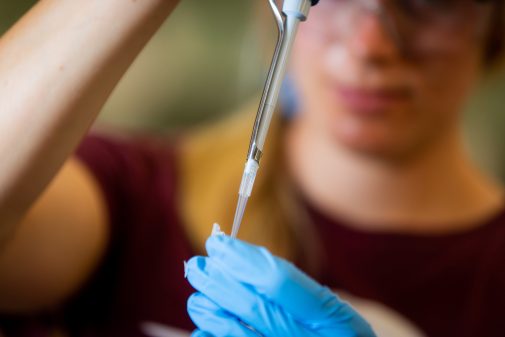 Students Leila Parker and Christina Dubell, working with Michael Everest, chair of the chemistry department, to discover that hemoglobin sticks equally well to clean glass and glass coated with an organic precursor similar to Rain-X.
Students Leila Parker and Christina Dubell, working with Michael Everest, chair of the chemistry department, to discover that hemoglobin sticks equally well to clean glass and glass coated with an organic precursor similar to Rain-X.
“This was a big surprise,” Everest says. “We had seen large differences in previous studies before we returned to hemoglobin.” The researchers bounced a laser off the face of a prism to measure the degree to which molecules would stick.
“This was a major transition for the project in that my group switched from measuring small inorganic ions to investigating hemoglobin, the protein that makes blood red,” Everest says. “Leila and Christina also made major contributions to a second project conducted in collaboration with an outside partner.”
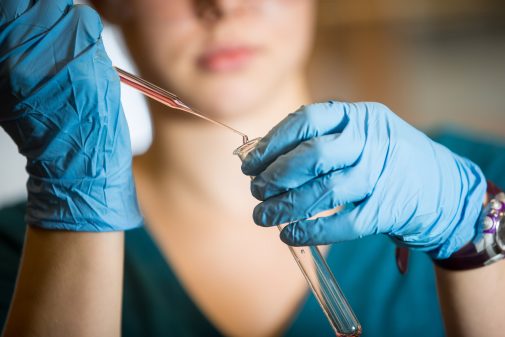 In that project, Parker and Dubell began to investigate the infrared spectrum of various calcium compounds to inform studies on the transitions between them. They both plan to continue this work to complete a Major Honors project this year.
In that project, Parker and Dubell began to investigate the infrared spectrum of various calcium compounds to inform studies on the transitions between them. They both plan to continue this work to complete a Major Honors project this year.
Everest and the students always wore masks in the lab and worked hard to stay at least 6 feet away from each other at all times. “The only time we saw each other’s faces was when we were in separate buildings on a Zoom call with our outside collaborator,” Everest says.
Filed under
Academics, Admissions, Campus News, Faculty and Staff, Featured, Press Releases, Student Stars